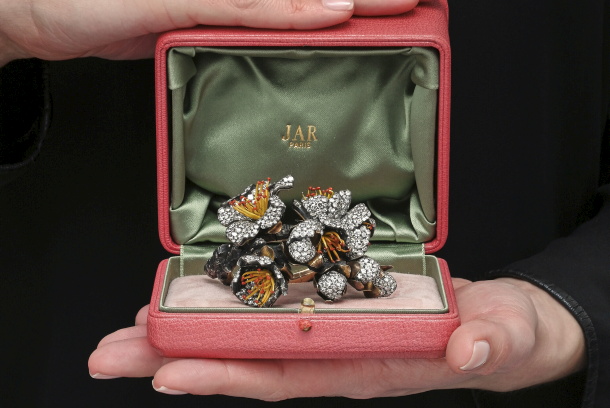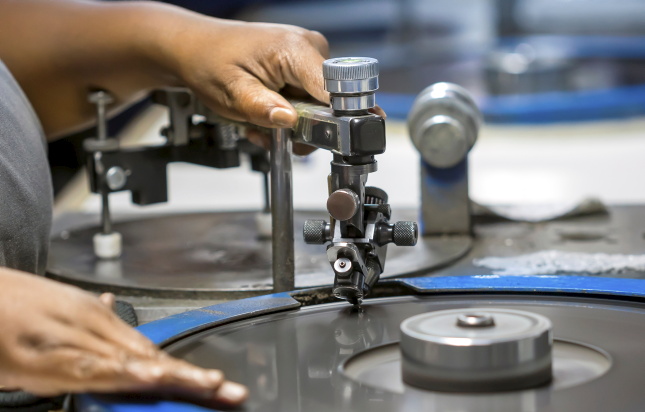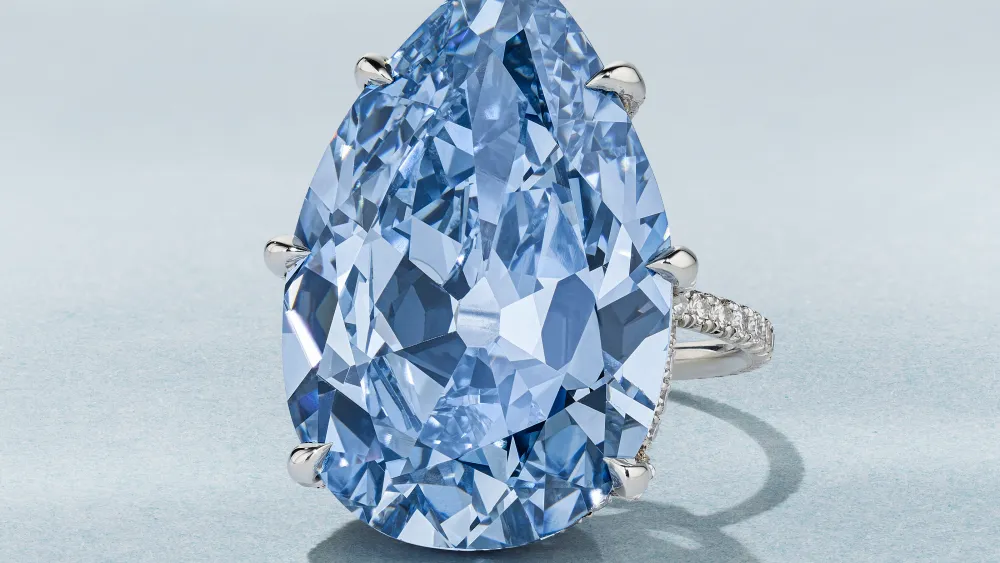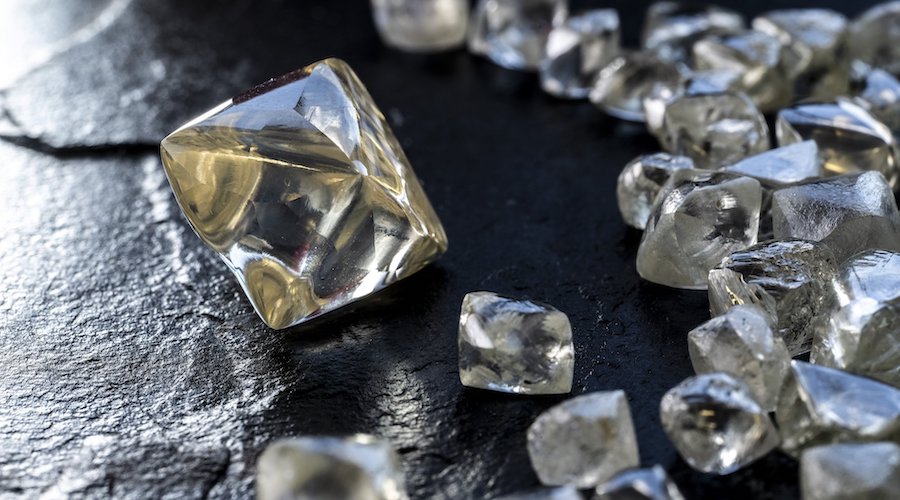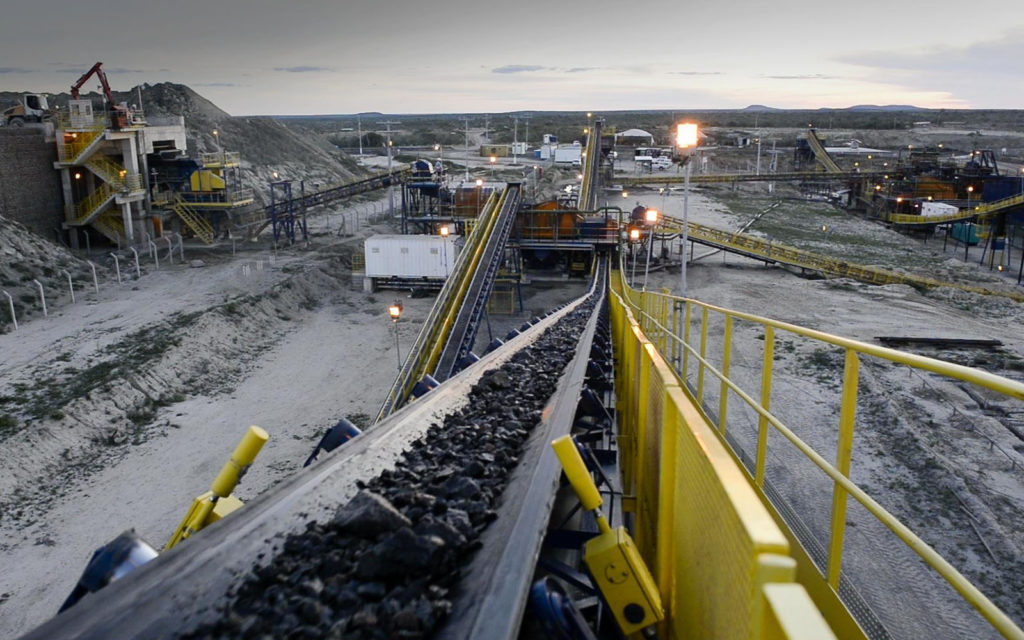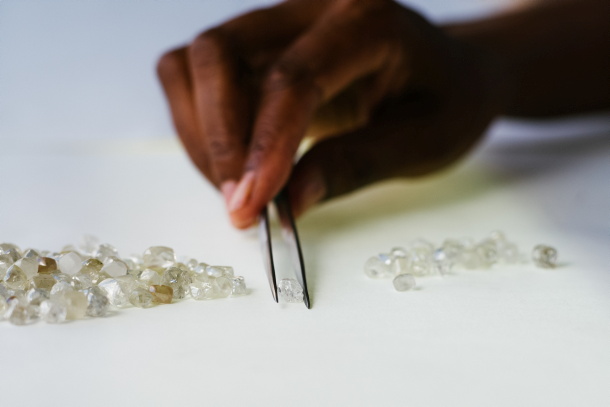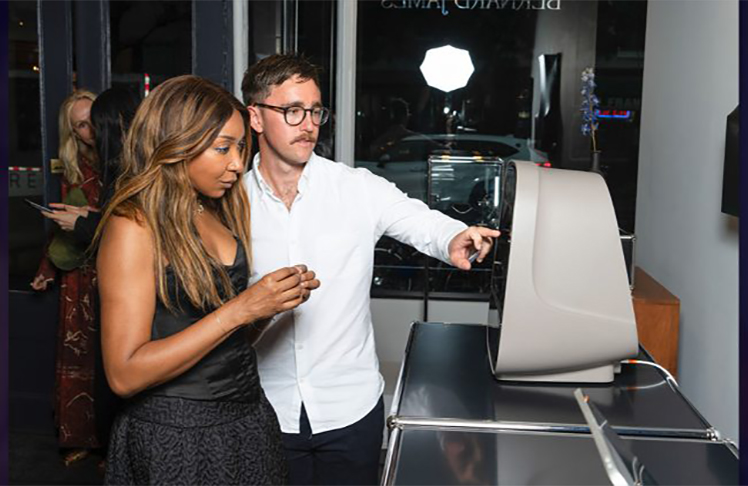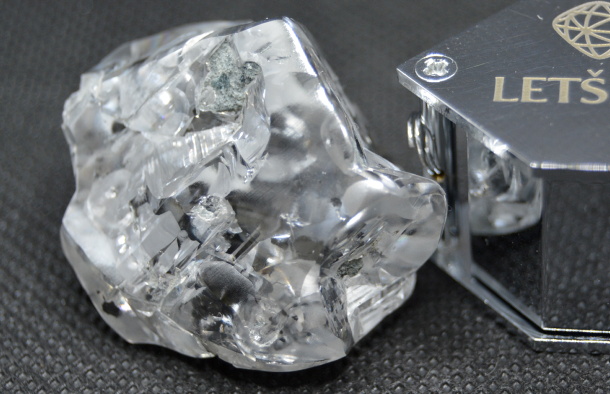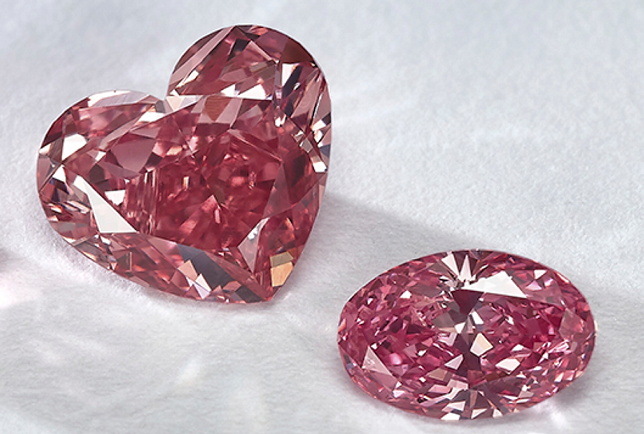
Prices of fancy color diamonds slipped by “only 0.3 per cent” in the first quarter of this year, according to the Fancy Color Research Foundation (FCRF).
Concerns over the impact of US tariffs were counter-balanced, to some extent, by what it called “signs of market stabilization”.
In Q4 of 2024 the Fancy Color Diamond Index fell by 1.1 per cent, and in the full year 2024 prices suffered their biggest annual fall since FRCF launched the Index in 2014.
In its quarterly update the FCRF noted that despite anxieties about Trump’s proposed tariffs (currently on hold for 90 days) they may actually create a shortage of color diamonds in the US market, which could serve to drive prices up.
“While the headline number shows a mild quarterly decline, the underlying data tells a more optimistic story: certain categories have stabilized, and volatility across others has significantly slowed,” the FCRF said.
“Which may set the stage for a potential rebound in select categories throughout upcoming quarters.
The FCRF also said that GIA’s decision to halt overseas submissions to its US labs, following the tariff announcement, means fancy color stones are being graded in Hong King instead, which is slowing the supply chain.
Yellow fancy color diamonds (all sizes and intensity) suffered the biggest losses in Q1 2025, down by 0.7 per cent (following on from a 2.2 per cent drop the previous quarter). Blues were down 0.5 per cent and pinks just 0.1 per cent.
Roy Safit, CEO of the New York-based FCRF, said: “While global trade anxieties – particularly around renewed US tariff proposals – have undoubtedly created caution across luxury sectors, the fancy color diamond market remained impressively composed.
“In fact, given the sharp rhetoric around import duties and reshoring, many expected a more dramatic correction. Instead, the data shows a contained, strategic repositioning. It speaks to the market’s growing maturity and the defensive appeal of vivid color diamonds.”
Source: IDEX


